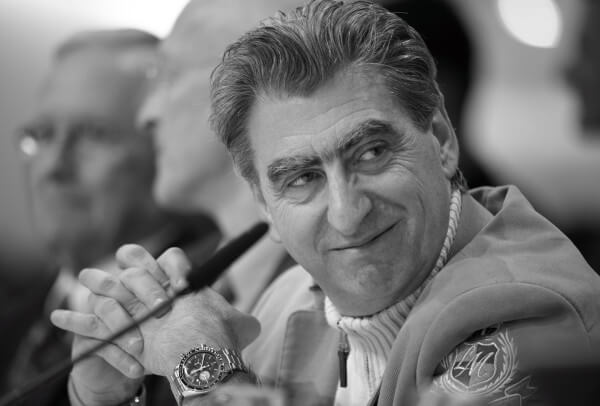Not so very long ago, it seemed watch fairs could do no wrong. Brands were able to show off their multiple expertise while visitors, who came in droves, could get closer to their Grail. The fashion industry’s runway shows come around as regular as clockwork and with seemingly endless appeal; why should the watch business be any different? Everyone wanted in, with events springing up across the main watch-buying markets: QP in London, SIAR in Mexico City, Belles Montres in Paris, Watches & Wonders in Hong Kong, TimeCrafters in New York. In a sector, Haute Horlogerie, noted for its exclusivity, an enlightened public basked in the attention bestowed on them by its most illustrious representatives.
Still, all good things must come to an end. To take the same examples, last year’s QP in London lost a third of its exhibitors; Belles Montres is no more; Watches & Wonders didn’t get as far as a fourth edition in Hong Kong, and the last TimeCrafters goes back to 2016. Nowhere, however, is this waning enthusiasm more obvious than at Baselworld, an event that has always loomed large in the industry calendar; for many, a cast-iron fixture of the watchmaking year. And yet the world watch and jewellery show is losing its lustre; exhibitor numbers have dwindled by about a thousand over three years to the 650 that made up the 2018 edition. The number of Swiss firms in attendance has similarly declined, from 220 in 2017 to 130 this year. And the show continues to bleed exhibitors, following the announcement that the 18 Swatch Group brands are calling it quits too. When Eberhard pulled out last year, it clearly insinuated that the CHF 1 million its presence at Baselworld cost could be better invested elsewhere. Scaled-up to Swatch Group proportions, we’re looking at an “investment” in the region of CHF 50 million or 8% of the group’s marcom budget.

It would be pointless to list the many grievances and accusations of profiteering laid at the door of Baselworld and its host city. The fact is, the difficulties that dogged watchmakers between 2015 and 2017 didn’t just vanish without a trace. A lot of things in the industry have changed, starting with distribution and the rise of e-commerce. Supply is also being transformed as the second-hand watch market continues to gain ground. Meanwhile, a newly composed clientele of millennials takes a radically different attitude towards luxury and consumption compared with previous generations. These new paradigms force us to consider whether a “good old” watch fair can still deliver in today’s world. Salon International de la Haute Horlogerie has adopted a more digitally oriented format without departing from its popular “club” atmosphere. The recent and successful Watches & Wonders Miami made use of existing infrastructure to offer a range of services. Both these initiatives prove that it’s not so much the continued existence of watch fairs that’s at risk, but the concept behind them that should be reappraised. By leaving it too long, Baselworld with its usual aloofness and its giant booths has paid the price, forced to reinvent itself under new management. They need to act fast – the demise of Baselworld would benefit no-one.















